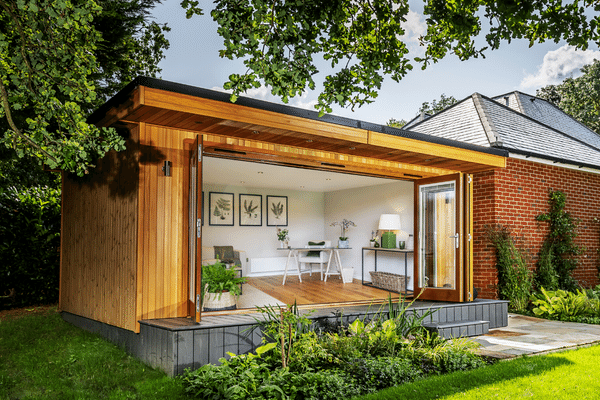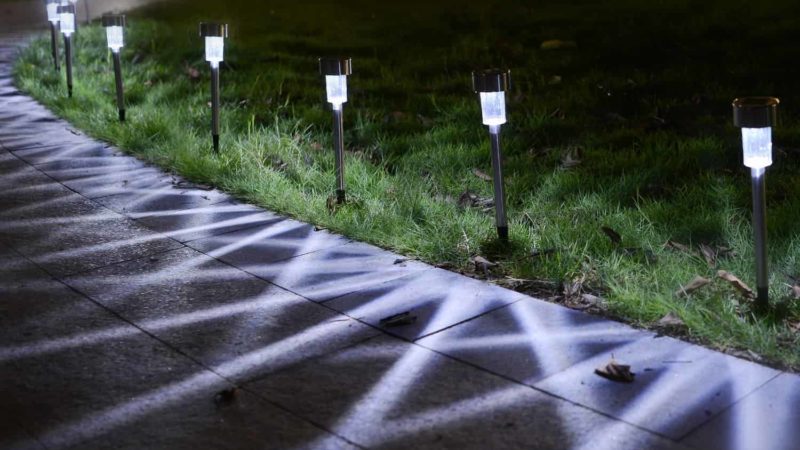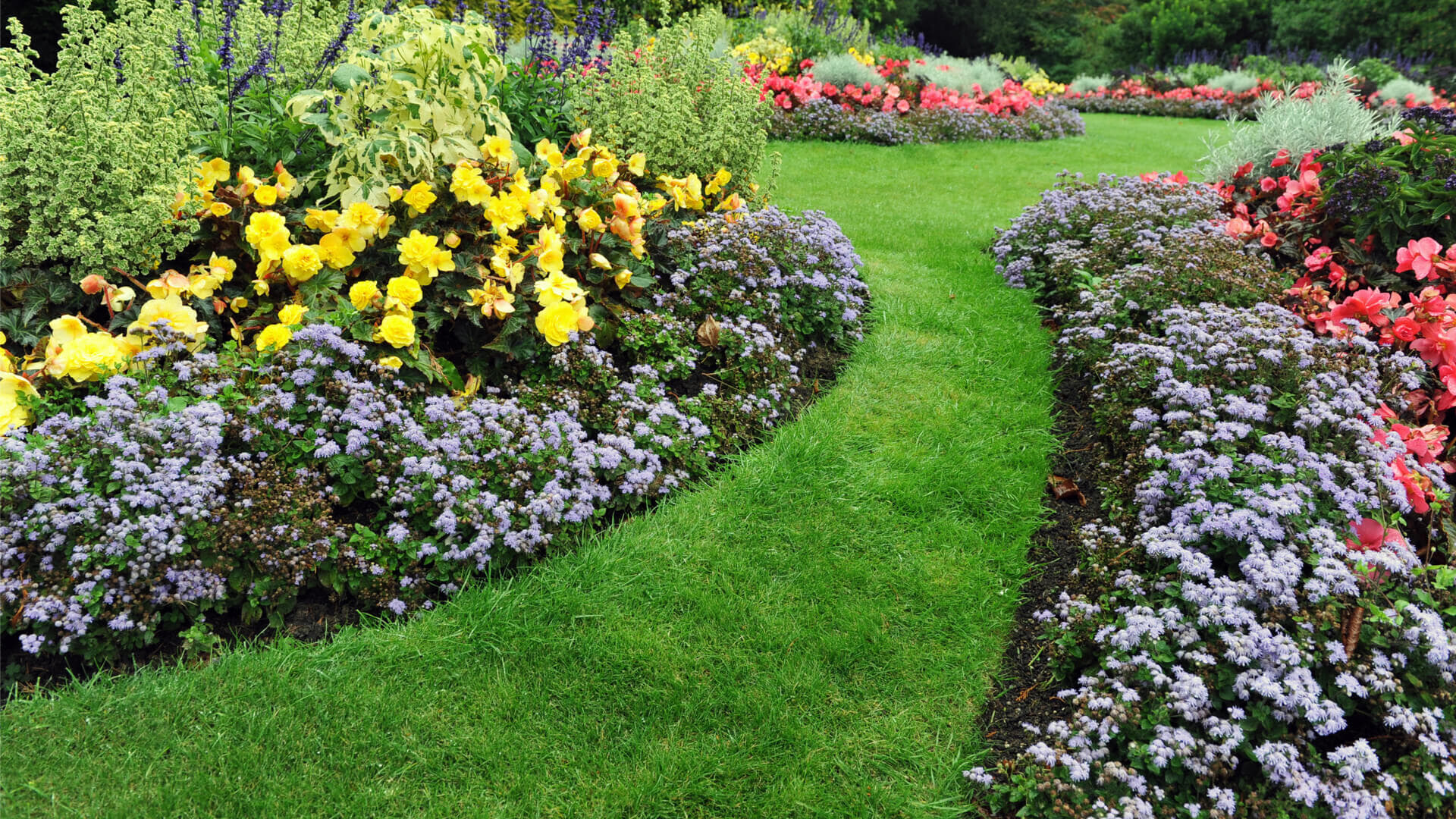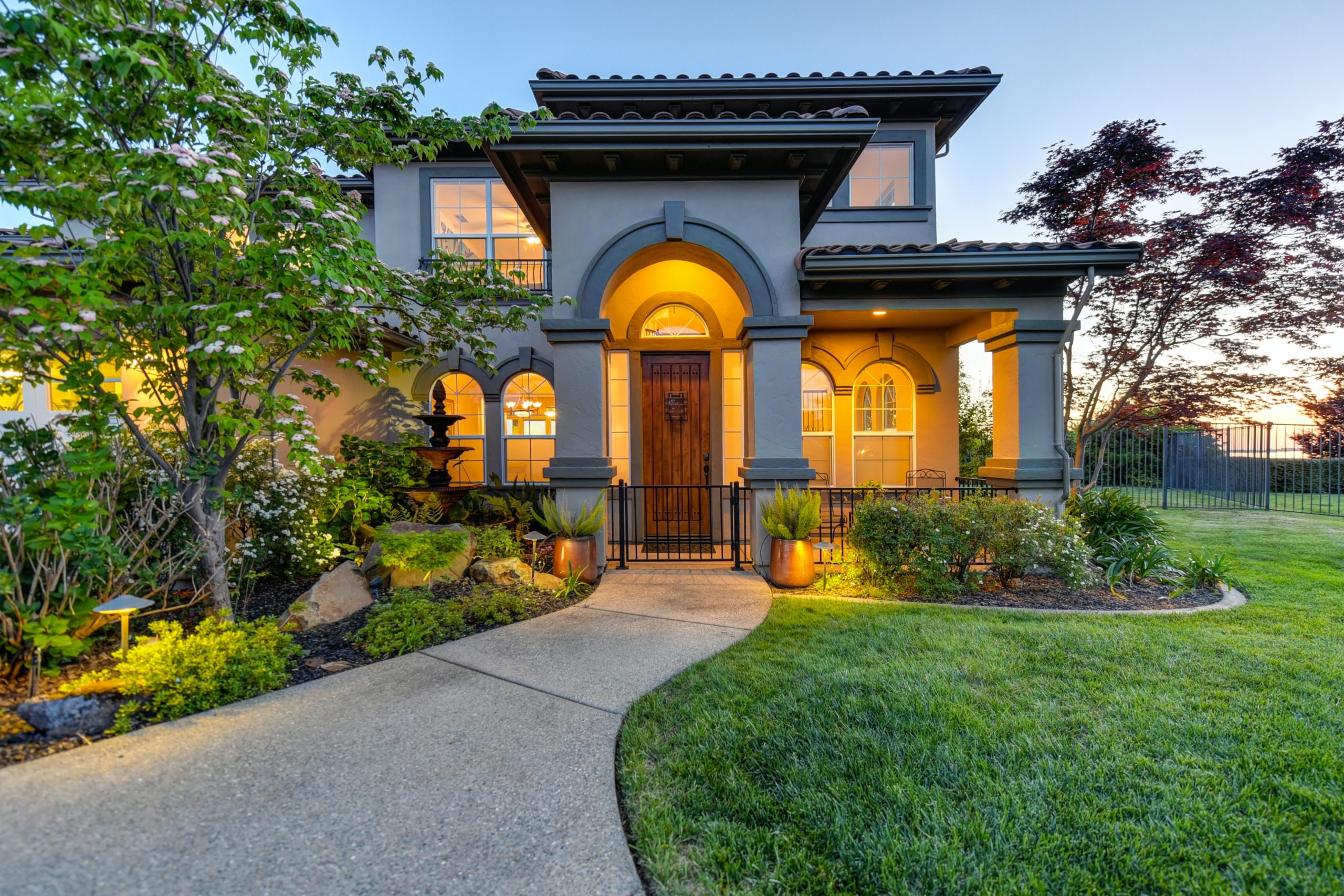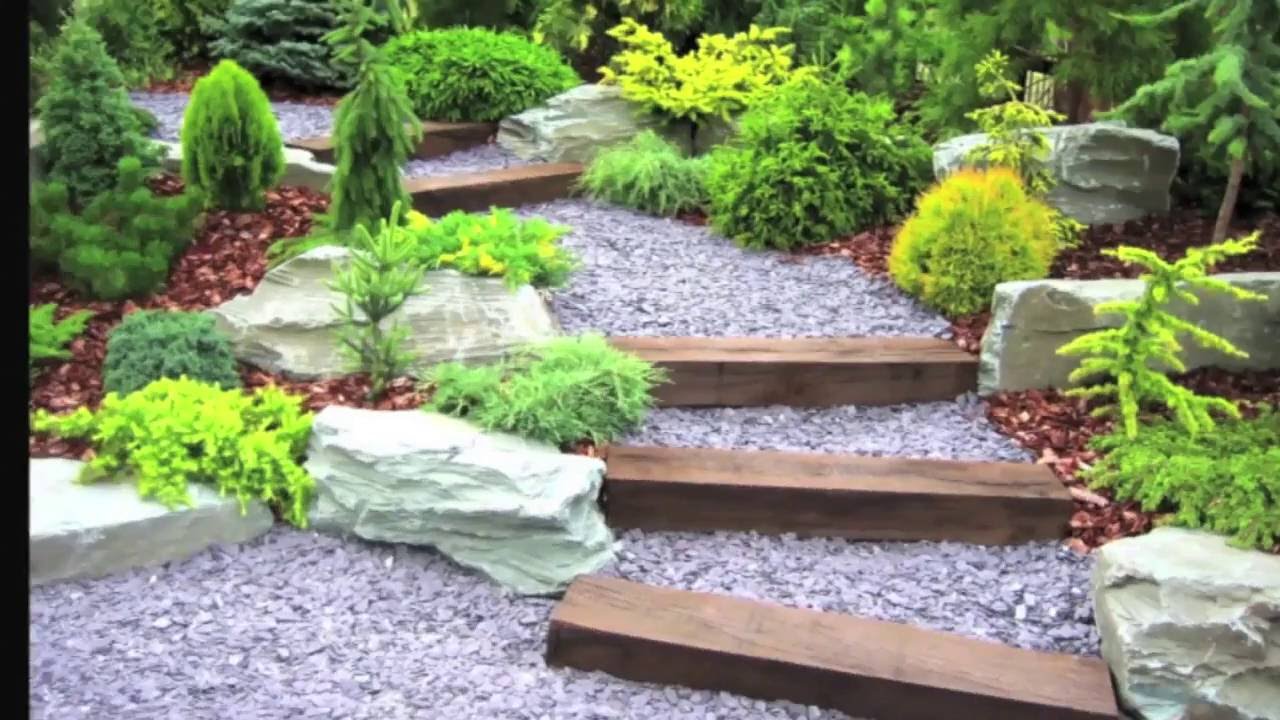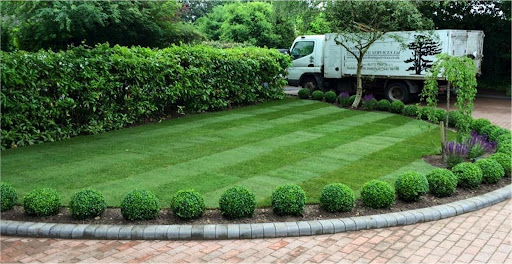The Ultimate Guide to Choosing Between Artificial Turf and Natural Grass for Your Landscape
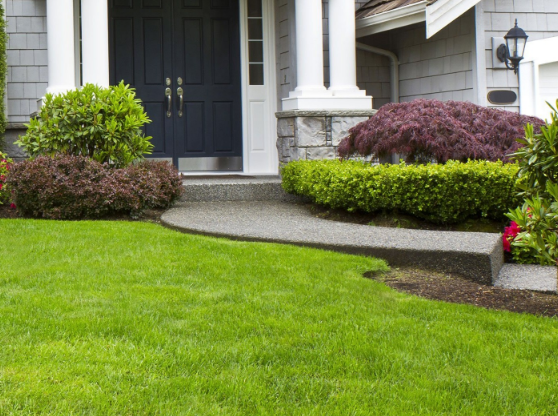
When deciding between artificial turf and natural grass for your landscape, there are several factors to consider. Each option has its benefits and drawbacks, and the best choice depends on your specific needs, preferences, and environmental considerations. This guide aims to help you make an informed decision by exploring the key aspects of both artificial turf and natural grass.
Aesthetics and Feel
Natural Grass: There’s no denying the beauty and natural feel of real grass. It offers a classic look that can enhance the aesthetic appeal of any landscape. The texture and scent of natural grass are also unique and can create a more inviting outdoor space.
Artificial Turf: Modern artificial turf has come a long way in mimicking the look and feel of real grass. High-quality options can look very realistic, offering a consistent appearance year-round. However, it may not completely replicate the natural variations and softness of real grass.
Maintenance
Natural Grass: Maintaining a lush, green lawn requires regular mowing, watering, fertilizing, and weed control. This can be time-consuming and costly over time. Natural grass is also susceptible to diseases and pests, which can require additional treatment.
Artificial Turf: Artificial turf is low maintenance compared to natural grass. It doesn’t need mowing, watering, or fertilizing, saving time and resources. Occasional brushing and rinsing are usually enough to keep it looking good. However, it may require some maintenance to remove debris and ensure proper drainage.
Environmental Impact
Natural Grass: Natural grass can have a positive environmental impact by producing oxygen, supporting biodiversity, and helping to cool the surrounding area. However, it requires significant water usage, and the use of fertilizers and pesticides can have negative environmental effects.
Artificial Turf: Artificial turf doesn’t require water for maintenance, which can conserve water resources. It also eliminates the need for harmful chemicals. However, it’s made from synthetic materials, which can contribute to plastic pollution. The production and disposal of artificial turf have environmental impacts as well.
Cost
Natural Grass: The initial cost of installing natural grass is generally lower than that of artificial turf. However, the ongoing maintenance costs for water, fertilizers, and other care can add up, making it more expensive in the long run.
Artificial Turf: The initial installation cost of artificial turf is higher, but it can be a cost-effective option over time due to its low maintenance requirements. The longevity of artificial turf also means you may not need to replace it for many years, depending on the quality and usage.
Durability and Usage
Natural Grass: Natural grass can be durable, but it may struggle to recover quickly from heavy foot traffic or extreme weather conditions. It can become muddy in rainy seasons and may go dormant or die in drought conditions.
Artificial Turf: Artificial turf is highly durable and can withstand heavy use and extreme weather conditions without showing wear. It’s an excellent option for high-traffic areas, sports fields, and pets, as it won’t turn muddy or require rest periods for recovery.
Health and Safety
Natural Grass: Natural grass can offer a safer surface for activities, as it’s softer and can reduce the impact of falls. However, it can trigger allergies in some individuals.
Artificial Turf: High-quality artificial turf can also provide a safe playing surface. However, concerns have been raised about heat absorption, which can make it hotter than natural grass in direct sunlight, and the potential for toxic chemicals from older or lower-quality materials.
Conclusion
Choosing between artificial turf and natural grass for your landscape depends on your priorities, such as maintenance, environmental impact, cost, and how you plan to use your space. If you prefer a low-maintenance and durable option, artificial turf might be the right choice. However, if you value the natural beauty and environmental benefits of a living landscape, natural grass could be the way to go. Ultimately, the decision should align with your lifestyle, budget, and the environmental ethos you wish to support.
This post was written by a professional at Battle Born Turf. Battle Born Turf is a turf and paver landscape company serving all of the Las Vegas Valley area that performs full backyard and front yard remodels. They do commercial and residential areas. We install the best Artificial turf Las Vegas.


